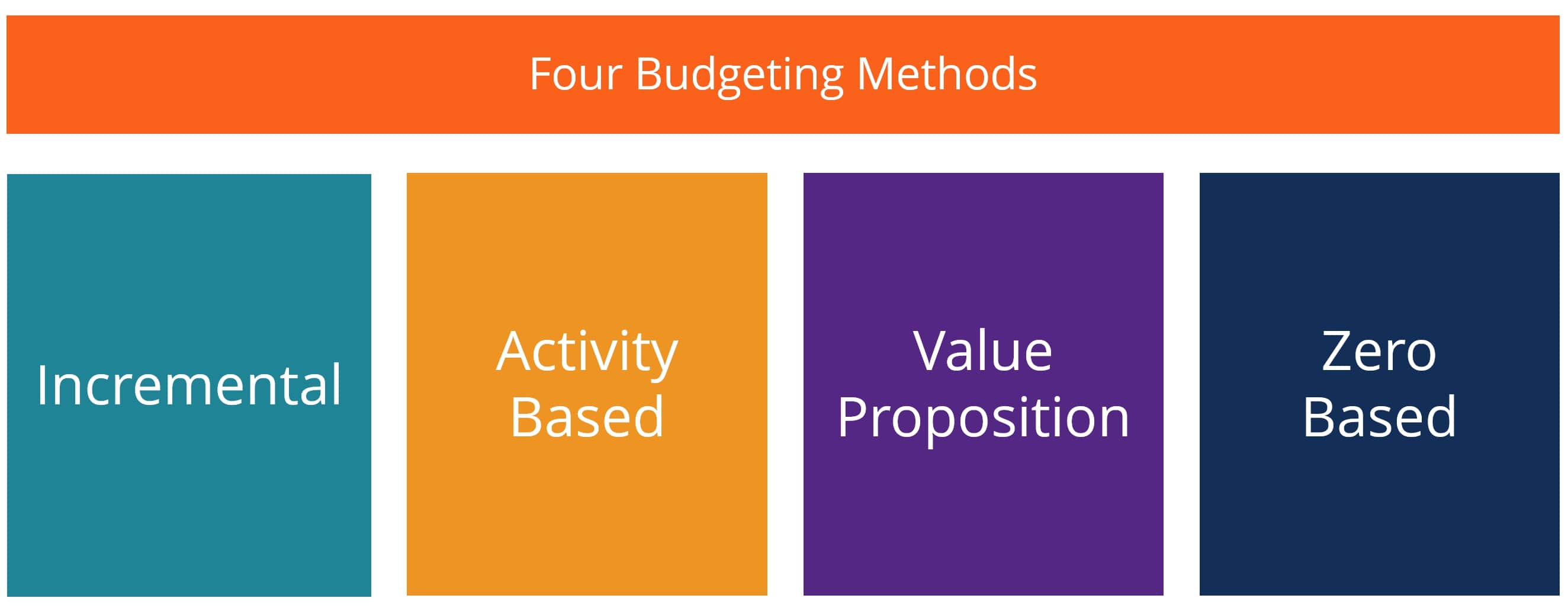Home>Finance>Less-Than-Truckload Definition And Shipping Service Basics


Finance
Less-Than-Truckload Definition And Shipping Service Basics
Published: December 17, 2023
Learn about the definition and basics of Less-Than-Truckload (LTL) shipping service in the finance industry. Discover how it can optimize your transportation and logistics.
(Many of the links in this article redirect to a specific reviewed product. Your purchase of these products through affiliate links helps to generate commission for LiveWell, at no extra cost. Learn more)
Understanding Less-Than-Truckload: Definition and Shipping Service Basics
Welcome to the finance section of our blog! In this article, we will dive into an important topic that businesses of all sizes deal with – Less-Than-Truckload (LTL) shipping. If you are involved in logistics or are a business owner looking for cost-efficient shipping options, this article is for you. We will define what LTL shipping entails and explore its basic features and benefits. So, without further ado, let’s get started!
Key Takeaways:
- LTL shipping is a cost-effective method for shipping freight that does not require a full truckload
- It is ideal for businesses with smaller shipments or when space on a truck is not fully utilized
What is Less-Than-Truckload (LTL) Shipping?
LTL shipping is a transportation method used for transporting freight that does not require a full truckload. Instead of hiring an entire truck, businesses can share the capacity of a truck with other shippers, optimizing their transportation costs. LTL carriers consolidate multiple shipments from different companies into a single truck, making it a convenient and cost-effective option for businesses with smaller shipping requirements.
The Basics of LTL Shipping:
Now that we understand the definition of LTL shipping, let’s delve into its basic features and how it works:
- Pricing: LTL shipping rates are typically calculated based on the weight, dimensions, distance traveled, and classification of the shipment. The classification of goods is determined by the National Motor Freight Traffic Association (NMFTA) based on their density, handling, stowability, and liability.
- Freight Class: LTL shipments are classified into different freight classes ranging from 50 to 500. The class indicates the ease of handling, liability, and density of the goods being shipped. The higher the class, the higher the shipping costs.
- Transit Times: LTL shipments may take longer to reach their destination compared to full truckload shipments. The transit time is influenced by multiple factors such as distance, pickup, and delivery locations, as well as the carrier’s network and operational schedule.
- Tracking and Traceability: LTL carriers provide tracking and traceability services, allowing businesses to monitor the location and status of their shipments during transit. This real-time visibility enables proactive management and ensures better customer satisfaction.
- Additional Services: Beyond basic transportation, LTL carriers may offer additional services such as liftgate services, inside delivery, appointment scheduling, and expedited shipping options. These services can enhance the shipping experience and cater to specific business requirements.
The Benefits of LTL Shipping:
Now that we have covered the basics of LTL shipping, let’s explore some of its key benefits:
- Cost-Efficiency: LTL shipping allows businesses to share the cost of transportation with other shippers, making it a more economical option compared to hiring an entire truck for smaller shipments. By consolidating multiple shipments, LTL carriers optimize truck capacity, reducing overall transportation costs.
- Flexibility: LTL shipping offers flexibility, especially for businesses that have varying shipping requirements. Instead of waiting to accumulate enough freight for a full truckload, LTL allows for quick and timely shipments, ensuring goods reach their destination efficiently.
- Reduced Risk: LTL carriers handle multiple shipments simultaneously, employing specialized equipment and processes to ensure the safety of goods during transit. Additionally, LTL shipments often have a lower risk of damage compared to other shipping methods due to the division of the trailer space.
Now that you have a good understanding of LTL shipping and its benefits, you can make informed decisions when it comes to your business’ logistics and transportation needs. Incorporating LTL shipping into your shipping strategy can help you save costs, optimize resources, and enhance customer satisfaction.
To wrap up:
Remember, Less-Than-Truckload (LTL) shipping provides an excellent opportunity for businesses of all sizes to minimize shipping costs while efficiently transporting freight. By sharing truck capacity with other shippers, businesses can save money and optimize their logistics operations. So, whether you are a small business owner or part of a larger operation, consider exploring LTL shipping as a viable option for your shipping needs.














